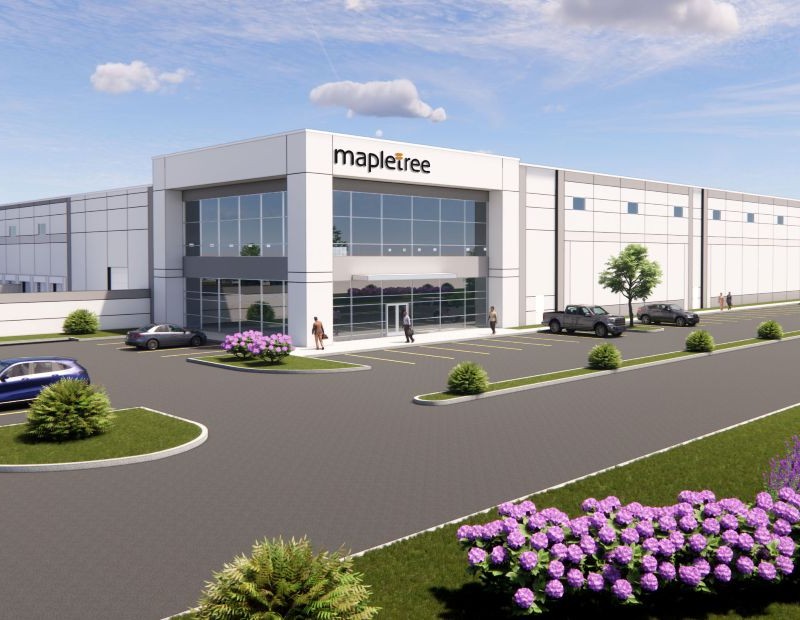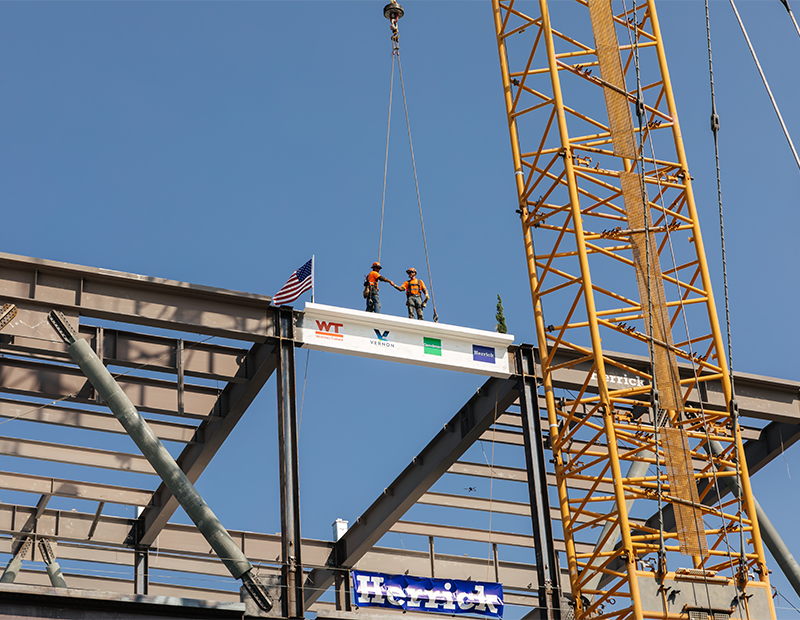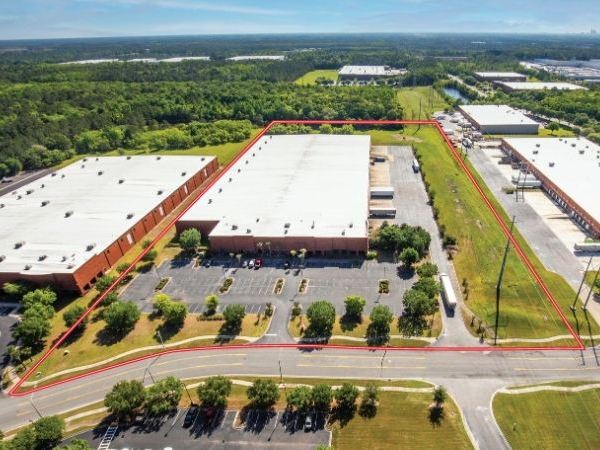Economist’s View: Treasuries, Cap Rates and the ‘Big Squeeze’
Rising interest rates and a slow-growing economy stand to threaten the risk premium that is fundamental to investing, according to economist Hugh Kelly.
Over the years, I’ve developed an intense sensitivity to one nagging question: Are investors being paid enough for the risks they are taking? Risk-taking, of course, is at the very heart of investment behavior.
I once proposed as one of 10 Commandments for 21st Century Real Estate Finance this rule: “Write upon thy heart the law that ‘reward’ and ‘risk’ shalt always appear in the same sentence.” (“The Morphology of the Credit Crisis,” Real Estate Issues, 2010)
Finance professionals have codified a metric to track the issue of payment for risk. It is the so-called “risk premium,” or the spread between the nominal return on investment and the putative risk-free rate represented by the U.S. Treasury rate, most commonly the 10-year T-Bill.
Since 2010, the average yield on that security has been 2.16 percent. It has fluctuated between a high of 4.01 percent at one point in 2010 to a low of 0.52 percent as Covid-19 struck in 2020. A glance at the long-run history of Treasury yields, readily accessible at the excellent FRED site provided by the Federal Reserve Bank of St. Louis, shows that the post-2010 era has been the most extended period of low interest rates since 1960. In other words, the benchmark for risk comparison pricing has moved only in a narrow and very low range for the past dozen years.
Under the pressure of rising inflation, that benchmark rate now seems poised to move upward by roughly 100 basis points during the current calendar year. In fact, there has been an upward drift in the risk-free rate since the first quarter of 2020. By April 2021, the 10-year Treasury was above 1.6 percent and stood at 1.78 percent as of this writing. It is tempting to note that real estate cap rates have not responded in kind. This would not be a new phenomenon, as long-term property market observers have often discussed the relative “stickiness” of cap rates (i.e., their propensity to change less and to change more slowly compared with bond rates, either government or corporate bonds). What is striking, however, is not that cap rates have been sticky, but that they have moved in an opposite direction to the Treasury benchmark. As U.S. government yields have risen, cap rates have declined overall.
An examination of real estate cap rates over the 2001-2021 period, and more specifically for the 2010-2021 period, reveals that for virtually all major property types tracked by Real Capital Analytics, the fourth quarter of 2021 marked the lowest point for cap rates since the turn of the millennium. Apartments registered an average cap rate of 4.7 percent at the end of 2021. Industrial assets were priced at a 5.7 percent cap rate. Even the troubled retail sector was at a historical low of 6.4 percent, as were suburban offices. Only CBD office buildings and hotels were above their historically lowest cap rates—and even these were so only slightly.
We are seeing, in other words, a dramatic squeeze on the risk premium available in commercial property investment. To be sure, investors are buoyed by the rising prices that are the consequence of cap rate decline. Transaction volume reported by RCA was up 88 percent in 2021 compared with 2020, reaching an all-time high of $808.7 billion, and prices rose 23 percent. Investor appetite has been robust. In this sense, commercial property is sharing in a capital-fueled asset pricing boom, which has also seen the stock market and single-family home prices ascend simultaneously. The first question that comes to mind is: Can it continue? And then the nagging question that opened this column is: Are investors being adequately compensated for risk?
I wish I could provide an easy and optimistic answer to these questions. But I’m afraid I cannot.
One way that risk is managed in real estate is in the control of leverage, and lenders have sought to assure themselves that it is the equity component of total yield that is bearing an increasing share of overall risk. Loan-to-value ratios, as monitored by the American Council of Life Insurers, have been held at about 60 percent and debt-service-coverage ratios are near 2.5 times net operating income. Holders of real estate debt, in other words, have been aggressively playing defense in this sector.
Much of the equity risk, then, is a function of stability of income. And here there is further cause for concern. If the Fed is raising rates to combat inflation, income-producing properties must attend to rising operating expenses in areas including energy, labor, ordinary repair and maintenance, as well as required capital improvements (including COVID-related property alterations). NOI is likely to be squeezed by expenses, and it is uncertain if rents can rise sufficiently to pass such increases on to tenants.
Finally, the dramatic turnaround in the first year after the COVID impact is giving way to a growth path for the 2020s decade that was always going to be slower than the pace of the immediately preceding decades. Even as the unemployment rate has dropped below 4 percent, the U.S. is still down 3.6 million jobs from the pre-pandemic peak. It will be a while before our workplaces again are populated to the degree where the economy is fully vibrant.
This is not a call for a doom-and-gloom approach by commercial property executives. But the stunning rebound in property transactions and pricing should be taken with restrained enthusiasm. Risk cannot be avoided but needs to be managed. It needs to be priced, too, and that’s a nagging worry in early 2022.









You must be logged in to post a comment.